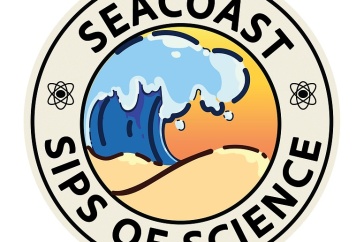University of New Hampshire diving interns go to great depths for research.
Lake closures in the hot summer months are often caused by cyanobacteria blooms, also know as harmful algae blooms, which release toxins that may be linked to such diseases as ALS and Alzheimer’s.
UNH’s Jim Haney and his team of researchers are looking at the possibility that these toxins are being breathed in via aerosols from the surface of the lake. The research was funded by the New Hampshire Agricultural Experiment Station, a research center of the College of Life Sciences and Agriculture.
Katie Langley ’15, a student in the College of Life Sciences and Agriculture and the recipient of a Summer Undergraduate Research Fellowship (SURF) through UNH’s Hamel Center for Undergraduate Research, has been working closely with Haney.
Langley has spent her summer studying these aerosols to determine if toxins are in fact coming from the lake, and if so, in under what conditions, and whether they are a potential source of toxins.
-
Written By:
Bridget Finnegan | Communications and Public Affairs | bridget.finnegan@unh.edu | 603-862-1465



















































